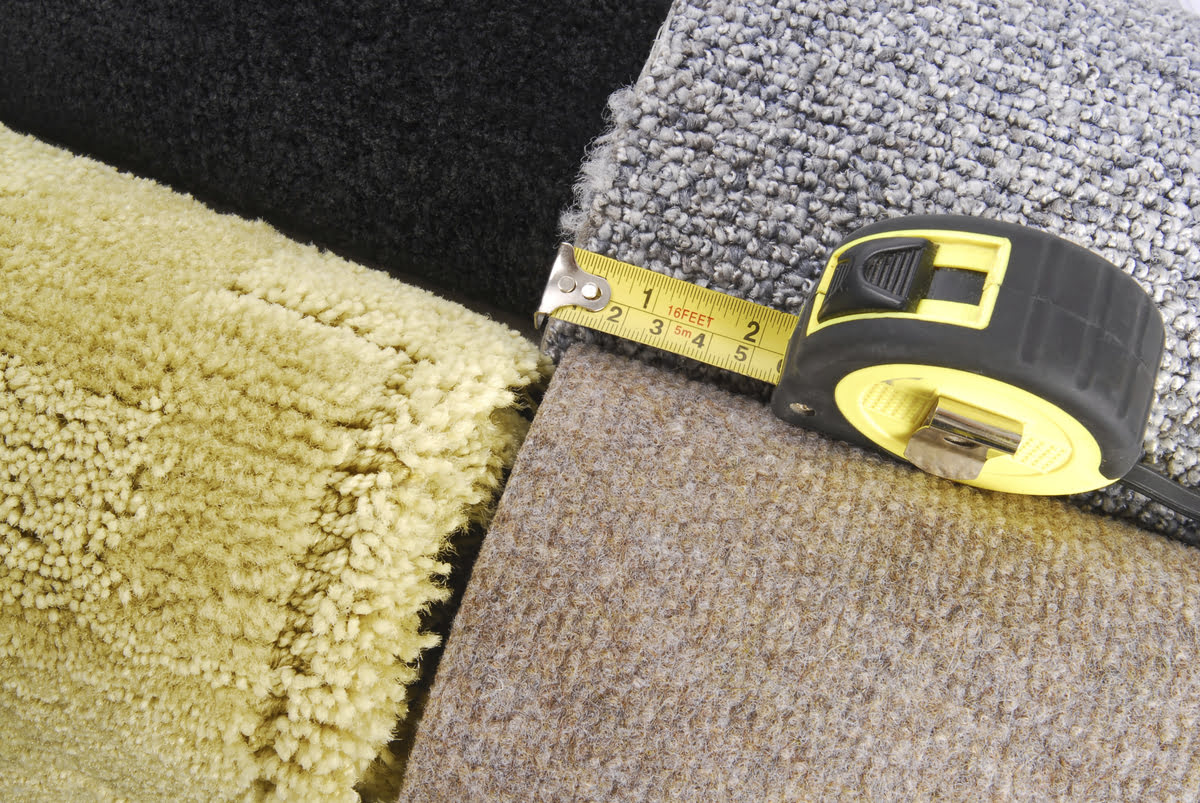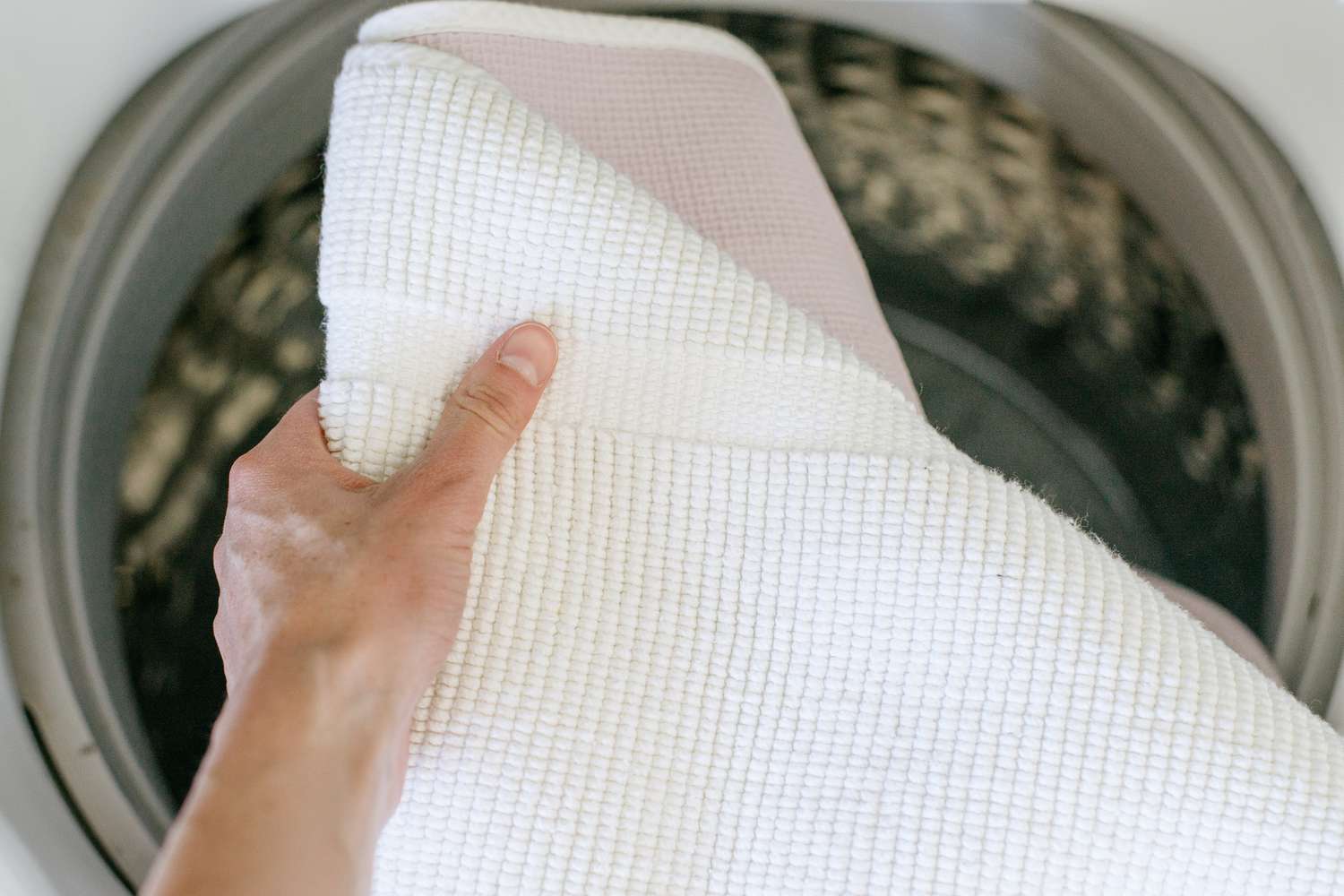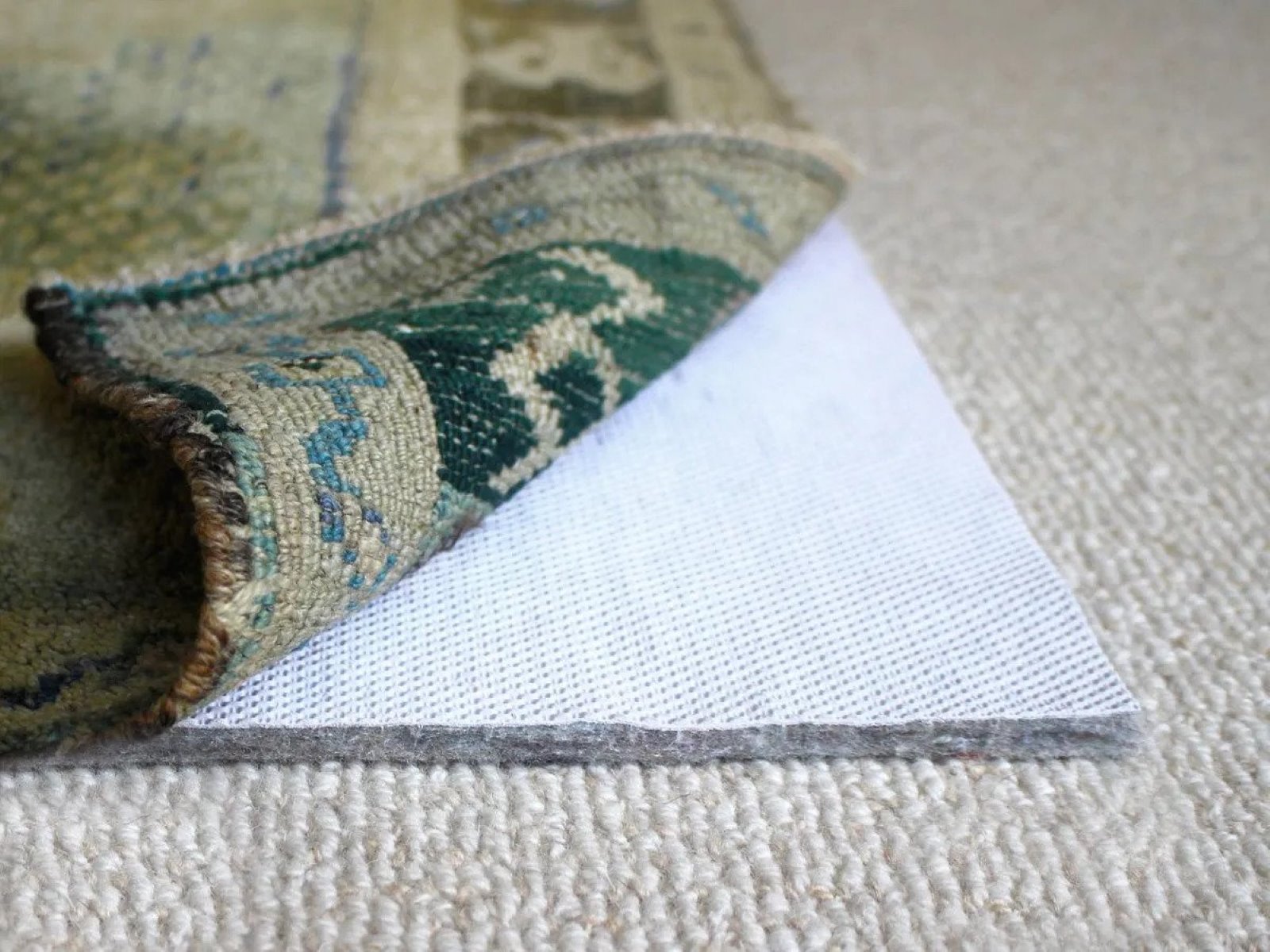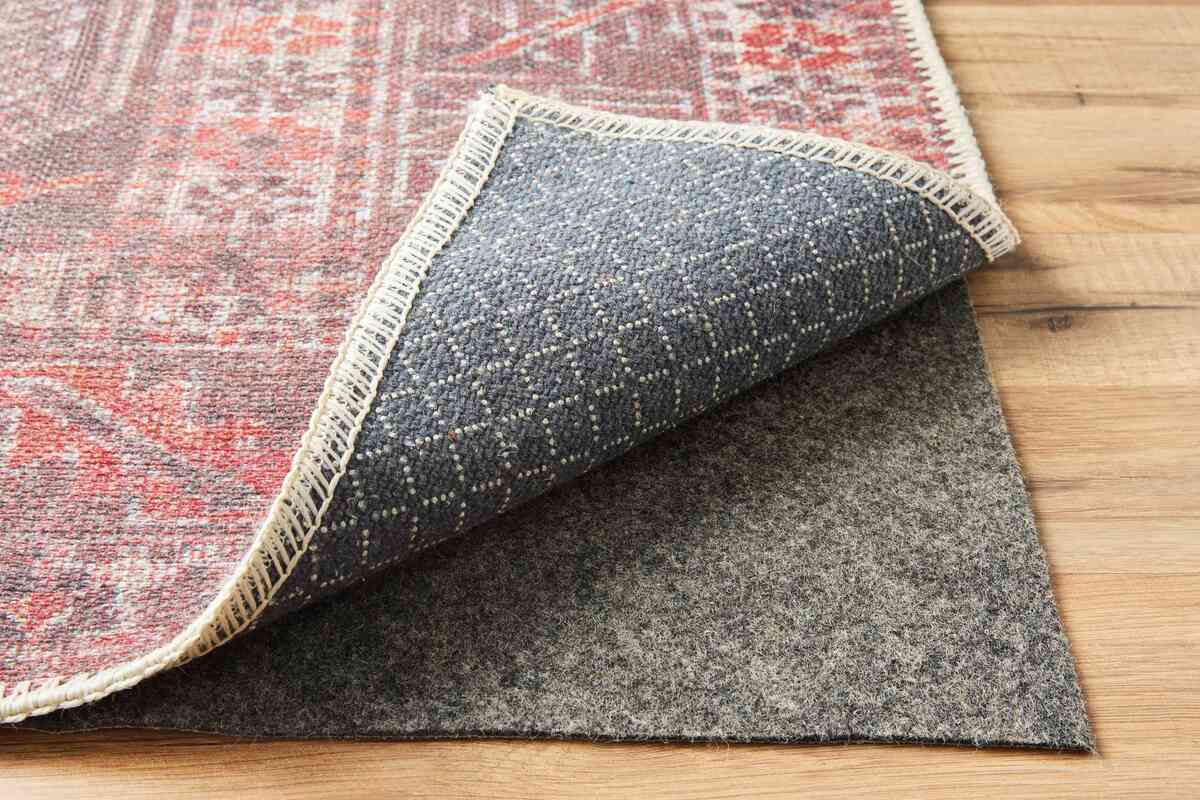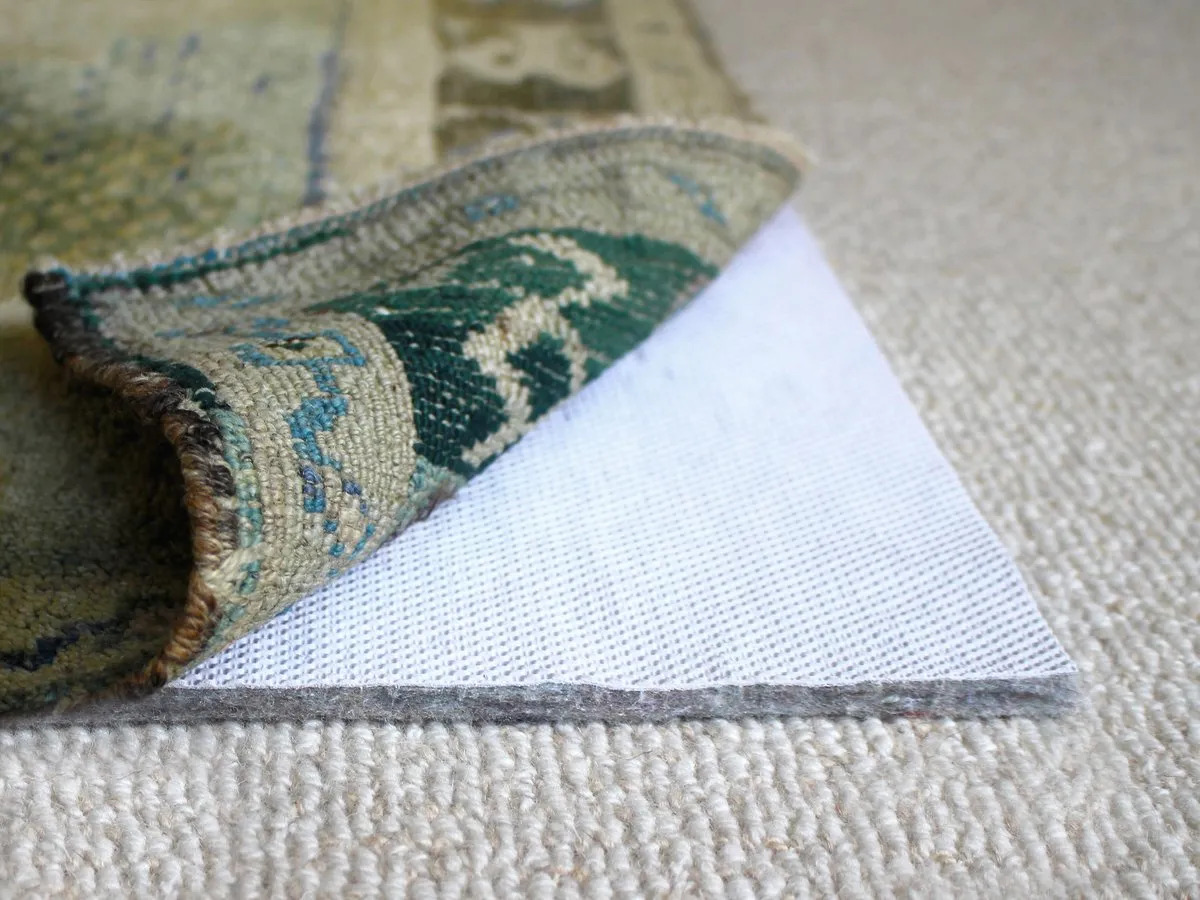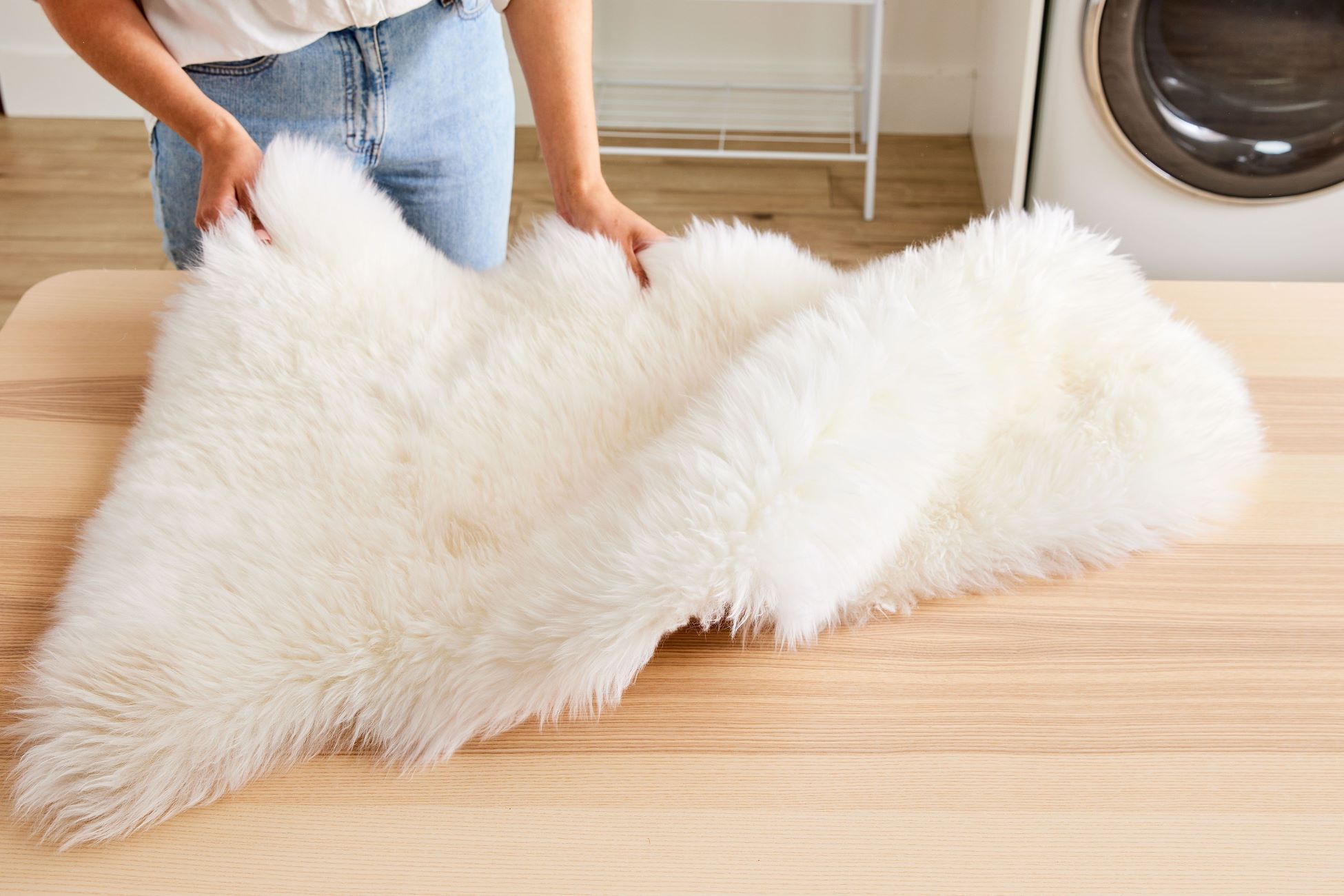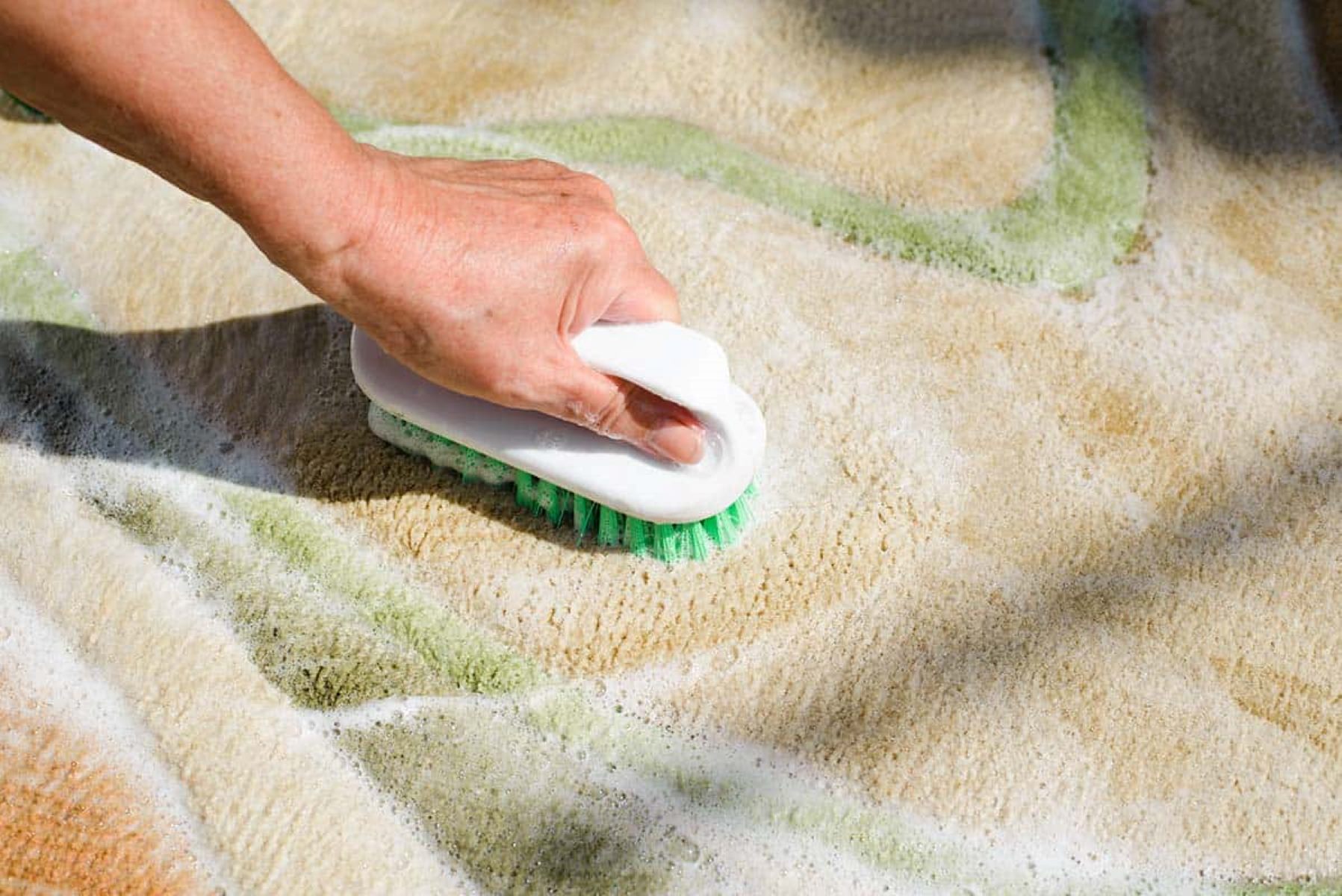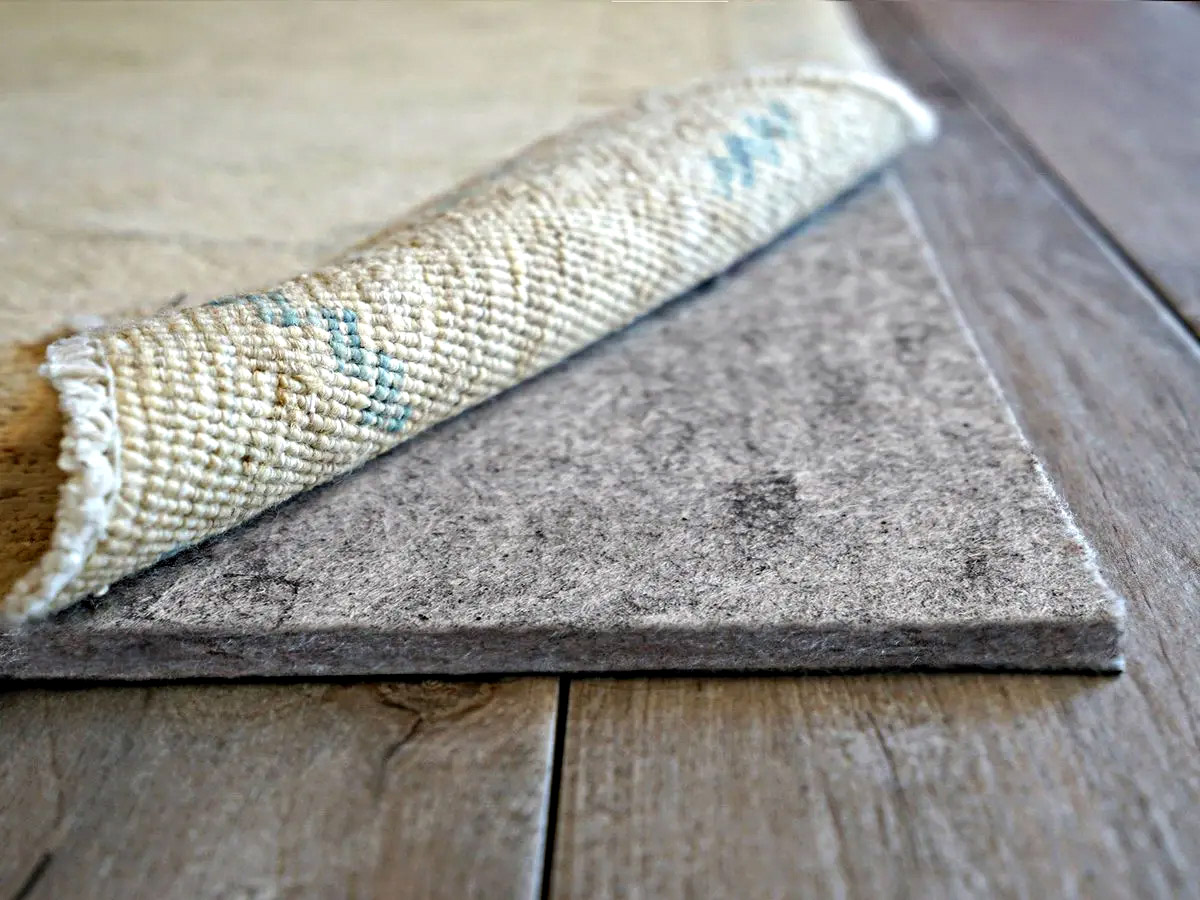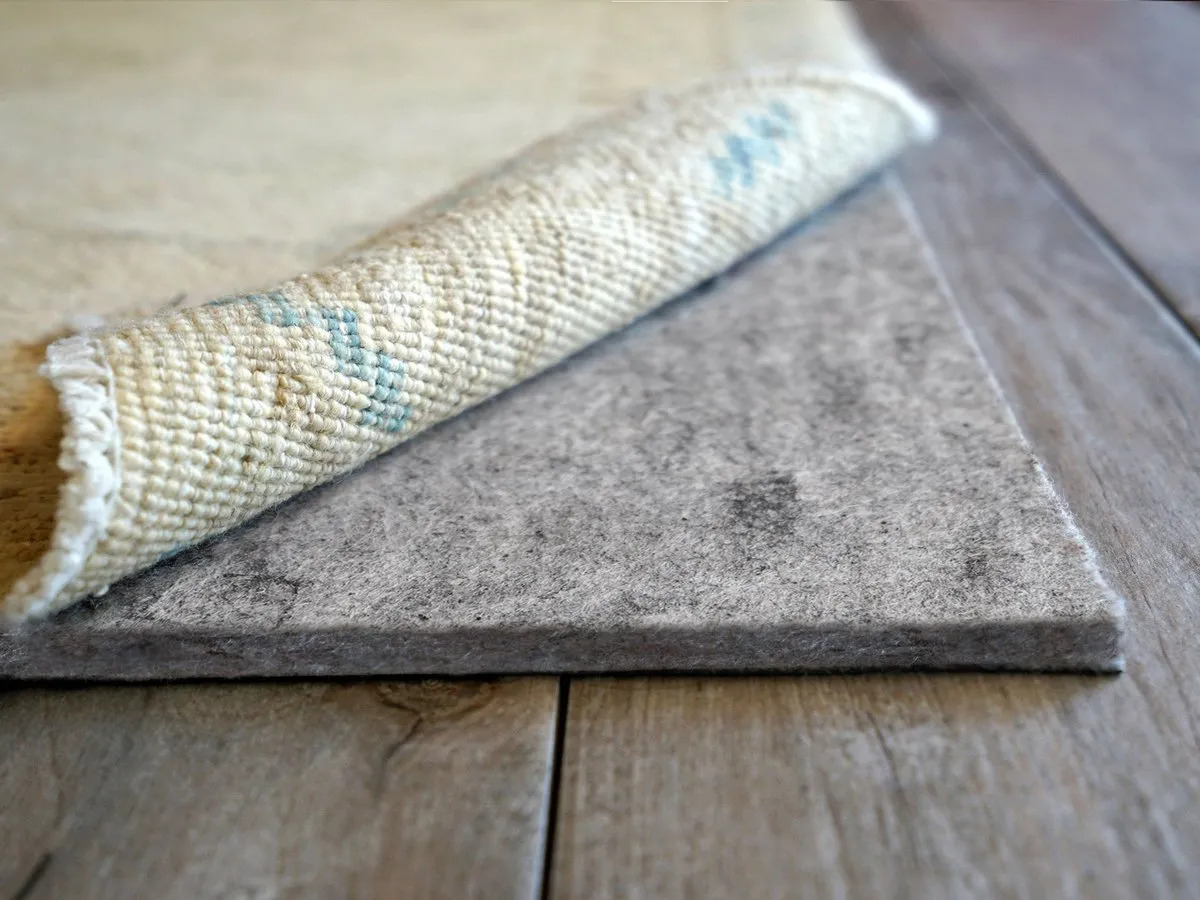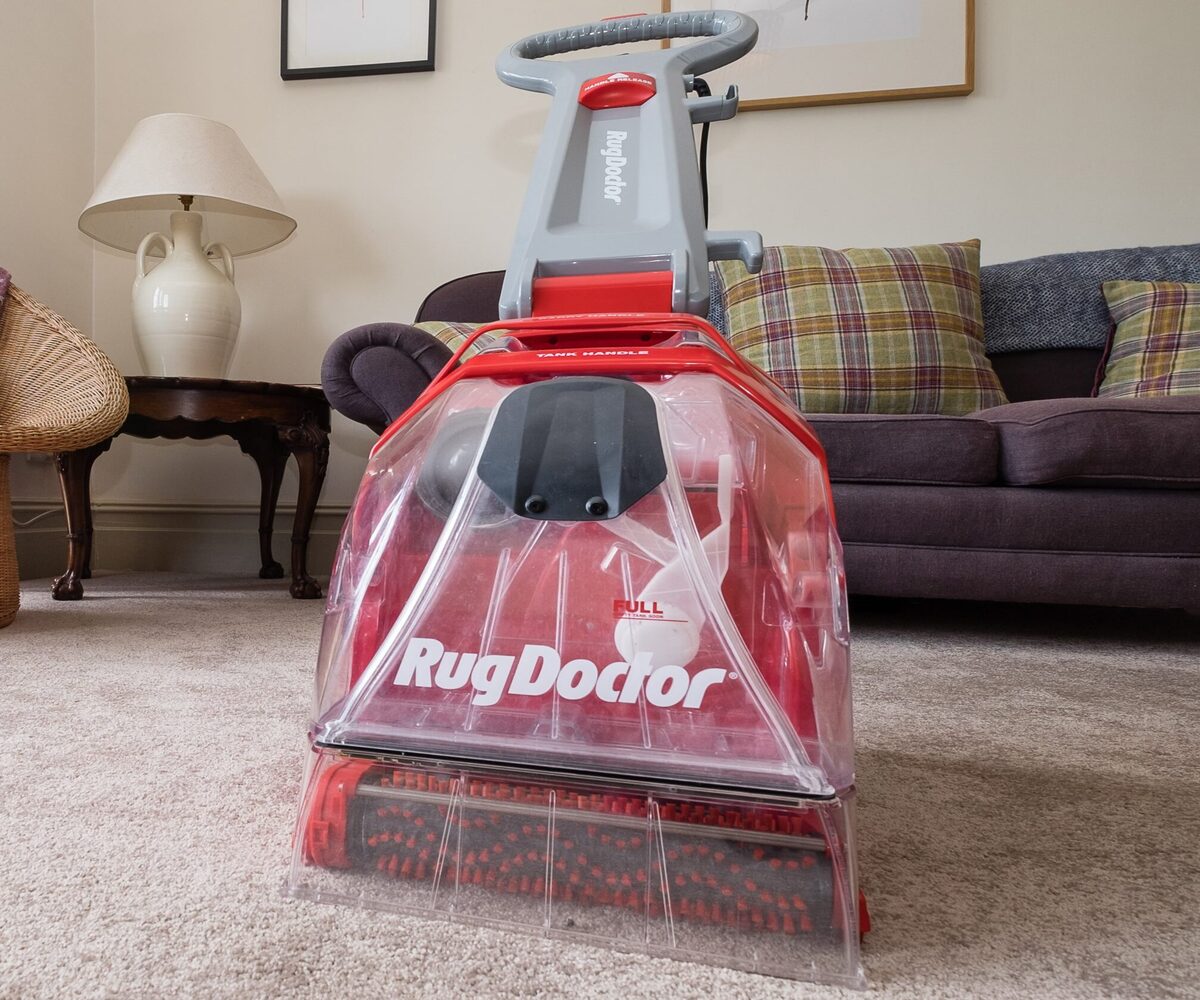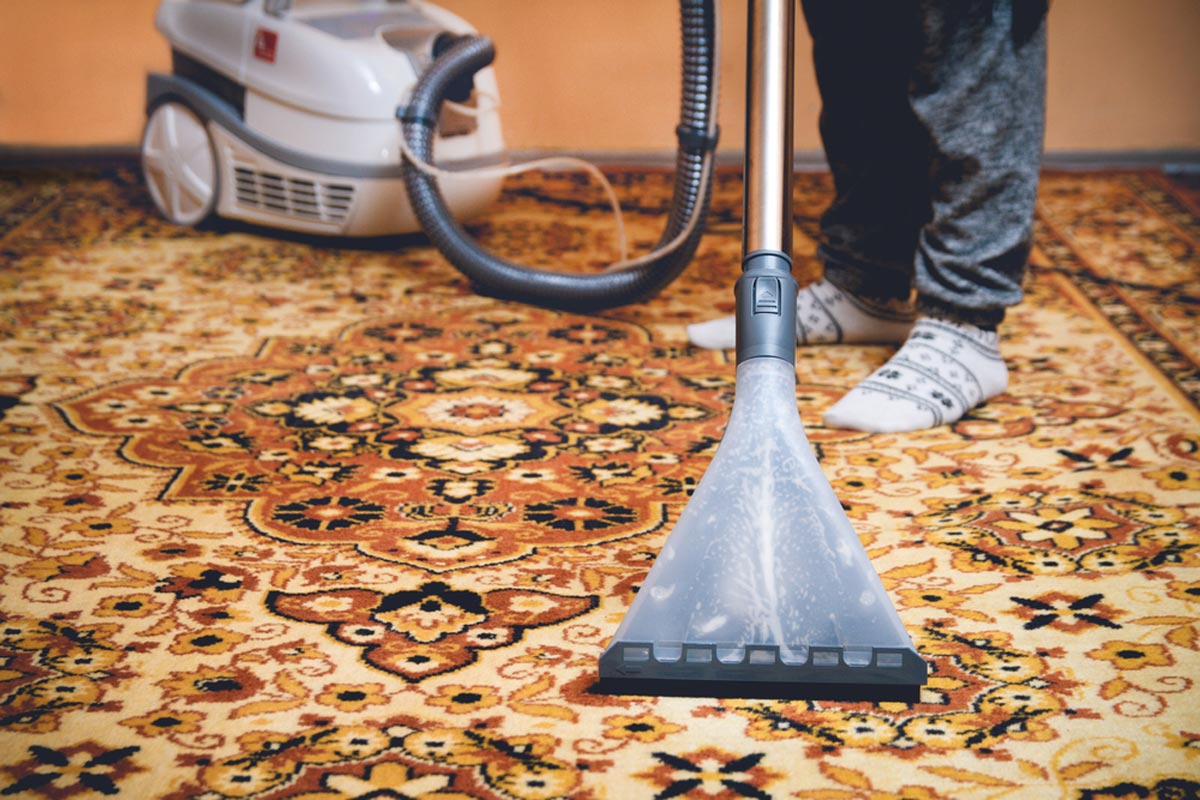

Articles
How To Wash A Carpet Rug
Modified: January 9, 2024
Learn the step-by-step process of washing a carpet rug with our helpful articles. Get expert tips and techniques for a clean and fresh rug.
(Many of the links in this article redirect to a specific reviewed product. Your purchase of these products through affiliate links helps to generate commission for Storables.com, at no extra cost. Learn more)
Introduction
Carpet rugs are a popular choice for adding warmth, comfort, and style to our homes. Over time, these rugs can accumulate dirt, dust, and stains, making them look dull and unappealing. Regular maintenance is essential to keep your carpet rug looking its best, and one important aspect of this maintenance routine is washing. Washing a carpet rug not only helps to remove dirt and stains but also refreshes its appearance and prolongs its lifespan.
In this comprehensive guide, we will walk you through the step-by-step process of washing a carpet rug, ensuring that you achieve optimal results without causing any damage. From gathering the necessary supplies to the final touches and maintenance tips, we will cover everything you need to know to expertly clean your carpet rug.
Before we dive into the details, it’s important to note that different types of carpet rugs may require different cleaning methods. It’s crucial to check the care label or manufacturer’s instructions for specific recommendations. Additionally, always test any cleaning products or solutions on a small, inconspicuous area of the rug before proceeding with a full cleaning.
Now, let’s gather our supplies and get ready to give your carpet rug a rejuvenating wash!
Key Takeaways:
- Properly washing a carpet rug involves gathering supplies, spot cleaning stains, choosing the right cleaning method, and ensuring thorough drying. Regular maintenance and preventative measures are essential for preserving the rug’s longevity and appearance.
- After washing, it’s crucial to vacuum and fluff the rug to restore its texture and appearance. Implementing ongoing maintenance tips, such as using rug pads and rotating the rug, helps keep it clean and in excellent condition for years to come.
Read more: How To Style A Rug On A Carpet
Step 1: Gather the necessary supplies
Before you start washing your carpet rug, it’s important to gather all the necessary supplies. Having everything prepared beforehand will save you time and ensure a smooth cleaning process. Here are the supplies you will need:
- A vacuum cleaner: Start by thoroughly vacuuming the carpet rug to remove loose dirt, dust, and debris. This will make the washing process more effective.
- A soft-bristle brush or broom: This will be used to gently brush and agitate the rug fibers during the cleaning process.
- A bucket or basin: You’ll need a container to hold the cleaning solution and water for washing the rug.
- A mild detergent or carpet cleaner: Choose a gentle, pH-neutral detergent or a specifically formulated carpet cleaner that is suitable for your rug’s material.
- A white cloth or sponge: This will be used to spot clean any stains or spills on the carpet rug.
- A spray bottle: Fill a spray bottle with a mixture of water and a small amount of detergent or carpet cleaner for spot cleaning.
- A clean, absorbent towel: You’ll need a towel to blot excess moisture and help with the drying process.
- A fan or good ventilation: Adequate airflow is important for drying the carpet rug thoroughly.
- Optional: Carpet brush or carpet rake: These tools can be used to restore the texture and fluffiness of the rug after cleaning.
- Optional: Stain remover: If you have specific stains that are difficult to remove, you may want to have a stain remover on hand. Make sure to choose a stain remover that is safe for your rug’s material.
Once you have gathered these supplies, you will be well-prepared to begin the carpet rug washing process. Remember to read the instructions on any cleaning products and test them in an inconspicuous area before applying them to the entire rug. With the right supplies at your disposal, you can ensure a successful and effective cleaning experience.
Step 2: Prepare the carpet rug for washing
Before you start washing your carpet rug, it’s important to properly prepare it to ensure effective cleaning and prevent any potential damage. Follow these steps to prepare your carpet rug for washing:
- Remove any small objects: Clear the area around the rug and remove any small objects such as toys, shoes, or debris that may obstruct the cleaning process.
- Take the rug outside if possible: If your carpet rug is small enough or portable, it’s a good idea to take it outside for the washing process. This will help minimize any mess and allow for better rinsing and drying.
- Prepare a suitable washing area: If taking the rug outside is not feasible, find a well-ventilated and spacious area in your home. Lay down a protective plastic sheet, tarp, or towels to catch any drips or spills.
- Check for loose threads or frayed edges: Inspect the rug for any loose threads or frayed edges. If you notice any, gently trim them with scissors to prevent further unraveling during washing.
- Spot test the rug: Perform a spot test by applying a small amount of the cleaning solution on an inconspicuous area of the rug. Wait a few minutes and then blot the area with a clean cloth. Check for any color bleeding or damage. If there are no adverse effects, you can proceed with washing the entire rug.
- Pre-treat stains if necessary: If you notice any stubborn stains or spills on the carpet rug, pre-treat them before washing. Use a mixture of water and the appropriate stain remover or carpet cleaner. Gently blot the stained area with a sponge or cloth, being careful not to scrub too vigorously.
By properly preparing your carpet rug before washing, you can ensure that the cleaning process goes smoothly and without any unnecessary complications. Taking the time to assess the condition of the rug, pre-treat stains, and create an appropriate washing environment will greatly contribute to achieving satisfactory results.
Step 3: Spot clean any stains or spills
Before immersing your carpet rug in a full washing process, it’s important to address any visible stains or spills. Spot cleaning these areas will help prevent them from spreading or becoming more difficult to remove. Follow these steps to effectively spot clean your carpet rug:
- Identify the stains: Take a close look at your carpet rug and identify any visible stains or spills. Common types of stains include food and beverage stains, pet stains, oil or grease stains, and ink or dye stains.
- Blot the stain: Before applying any cleaning solution, use a clean white cloth or sponge to gently blot the stain. Avoid rubbing, as this can push the stain deeper into the rug fibers.
- Prepare a cleaning solution: Mix a small amount of mild detergent or carpet cleaner with water in a spray bottle or container. Follow the instructions on the cleaning product for the appropriate dilution ratio.
- Test the solution: It’s important to test the cleaning solution on a small, inconspicuous area of the rug to ensure it doesn’t cause any discoloration or damage. Wait a few minutes and then blot the area with a clean cloth to check for any adverse reactions.
- Apply the cleaning solution: Once you’ve tested the solution, apply a small amount to the stained area. Gently blot the stain with a clean white cloth or sponge, working from the outside toward the center. Avoid excessive scrubbing, as it can damage the rug fibers.
- Rinse with water: After treating the stain, dampen a clean cloth with water and gently blot the area to rinse out the cleaning solution. This helps remove any residue and prevent it from attracting more dirt.
- Blot dry: Use a dry, clean towel to blot the dampened area and remove excess moisture. Press firmly but avoid rubbing, as this can cause the fibers to tangle or become distorted.
- Repeat if necessary: For stubborn stains, you may need to repeat the spot cleaning process multiple times. Be patient and persistent, but always keep in mind the limitations of your rug’s material when applying cleaning solutions.
Spot cleaning stains and spills on your carpet rug will help maintain its cleanliness and prevent the need for frequent deep cleanings. By addressing stains promptly and using appropriate cleaning techniques, you can effectively remove blemishes and keep your rug looking its best.
Step 4: Choose the appropriate cleaning method
Choosing the right cleaning method for your carpet rug is crucial to achieve the best results while ensuring the safety and longevity of the rug fibers. The appropriate cleaning method will largely depend on the type of material your rug is made of. Here are some common cleaning methods:
- Vacuuming: Regular vacuuming is an important maintenance step for all carpet rugs. It helps remove loose dirt, dust, and debris from the surface and prevents them from embedding deeper into the fibers.
- Shampooing: Shampooing involves using a specialized carpet shampoo or detergent to clean the rug. The cleaning solution is typically applied with a brush or sponge, and then the rug is rinsed with water to remove the shampoo residue.
- Steam cleaning: Also known as hot water extraction, steam cleaning involves using a machine that sprays hot water and cleansers onto the rug’s surface. The embedded dirt is then extracted from the fibers with a powerful vacuum.
- Dry cleaning: Dry cleaning methods use absorbent compounds or powders that are spread over the rug’s surface. These compounds attract and absorb dirt, which is then removed by vacuuming.
- Hand-washing: For delicate or antique rugs, hand-washing may be the best option. This method involves gently scrubbing the rug with a mild detergent or cleaner and then rinsing it thoroughly.
When choosing the appropriate cleaning method, consider the following factors:
- Rug material: Different materials, such as wool, synthetic fibers, or natural fibers like jute or sisal, may require specific cleaning methods to avoid damage.
- Rug size: Larger rugs may be difficult to maneuver for certain cleaning methods, such as hand-washing or shampooing. In such cases, professional cleaning services may be more suitable.
- Rug condition: If your carpet rug is heavily soiled or stained, a more intensive cleaning method, like steam cleaning, may be necessary. However, be cautious with delicate rugs and consider professional assistance if needed.
Always refer to the manufacturer’s instructions or consult a professional if you’re unsure about the appropriate cleaning method for your specific rug. By choosing the right cleaning method, you can effectively remove dirt, stains, and odors while preserving the quality and appearance of your carpet rug.
Read more: How To Clean A Carpet Rug
Step 5: Begin washing the carpet rug
Now that you have gathered your supplies, prepared the rug, and identified the appropriate cleaning method, it’s time to start washing your carpet rug. Follow these steps to ensure a thorough and effective cleaning:
- Prepare the cleaning solution: Depending on the chosen cleaning method, prepare the appropriate cleaning solution. This may involve diluting a carpet cleaner or adding detergent to water.
- Work in sections: Divide the rug into manageable sections, especially if it’s a large or heavily soiled rug. This will make the cleaning process more organized and ensure that you don’t miss any spots.
- Apply the cleaning solution: If using a cleaning machine, follow the manufacturer’s instructions for applying the cleaning solution. If hand-washing, dip a soft-bristle brush or sponge into the cleaning solution and gently work it into the rug’s fibers.
- Scrub or agitate the rug: Use a brush, broom, or machine to scrub or agitate the cleaning solution into the rug. Pay extra attention to areas with stains or heavy dirt buildup. Be sure to follow the grain of the rug’s fibers and avoid excessive force that could damage the rug.
- Rinse thoroughly: In most cases, rinsing with clean water is an essential step. This can be done by using a clean cloth, sponge, or even a hose (if the rug is suitable for outdoor rinsing). Gently blot or rinse the rug until the water runs clear and there are no traces of cleaning solution left.
- Remove excess water: After rinsing, remove as much water as possible from the rug. You can do this by blotting the rug with a clean towel or using a wet-dry vacuum to extract the water. Avoid wringing or twisting the rug as this can damage the fibers.
It’s important to note that the specific instructions for each cleaning method may vary. Therefore, always refer to the manufacturer’s guidelines or consult a professional if you’re unsure about any step of the washing process.
By following these steps, you can ensure that your carpet rug receives a thorough and effective washing, removing dirt, grime, and odors. However, be mindful of the rug’s material and any specific care instructions to avoid causing damage during the cleaning process.
When washing a carpet rug, start by vacuuming it thoroughly to remove loose dirt and debris. Then, spot clean any stains with a gentle carpet cleaner before washing the entire rug with a mild detergent and water. Finally, allow the rug to air dry completely before placing it back in the room.
Step 6: Rinse and remove excess water
After completing the washing process, it’s crucial to rinse your carpet rug thoroughly to remove any remaining cleaning solution and dirt. Additionally, removing excess water is essential for proper drying and preventing the growth of mold or mildew. Follow these steps to rinse and remove excess water from your rug:
- Prepare clean water: Fill a bucket or basin with clean water at room temperature. Make sure the water is free from any cleaning agents or additives.
- Dip and rinse: Take a clean sponge or cloth and dip it into the water. Gently squeeze out excess water so that the sponge or cloth is damp but not dripping. Use this damp sponge or cloth to carefully rinse the rug, working in small sections.
- Change the water if needed: As you proceed with rinsing, the water may become dirty or soapy. If this occurs, replace the water with fresh, clean water to ensure effective rinsing.
- Blot out the water: After rinsing, you’ll need to remove as much water as possible from the rug. Lay a clean, absorbent towel on top of the damp rug and press it gently to blot out the water. Repeat this process with dry portions of the towel until you’ve covered the entire rug.
- Use a wet-dry vacuum: If you have access to a wet-dry vacuum, you can use it to extract excess water from the rug. Move the vacuum over the surface of the rug in a slow and steady motion, ensuring that it comes into contact with the fibers to draw out the water. Be sure to follow the instructions provided with your specific vacuum model.
- Dry the rug: Once you’ve removed as much water as possible, it’s time to dry the rug thoroughly. Hang the rug over a drying rack, a sturdy clothesline, or lay it flat on a clean and dry surface. Ensure that the rug is placed in a well-ventilated area with good air circulation.
- Avoid direct sunlight: While drying, it’s crucial to prevent direct sunlight exposure, as it can cause fading or discoloration of the rug’s fibers. Instead, place the rug in a shaded area or use a fan to facilitate air circulation.
- Flip or rotate the rug: To promote even drying, periodically flip or rotate the rug every few hours. This will help prevent moisture from being trapped in certain areas and ensure that all sides of the rug dry uniformly.
Allowing your carpet rug to dry completely is essential before placing it back in the room or resuming regular use. Depending on the rug’s thickness, material, and environmental conditions, it may take anywhere from a few hours to a couple of days for the rug to dry thoroughly.
By following these steps, you can rinse away any remaining cleaning solution and effectively remove excess water from your carpet rug. This will help prevent any potential damage and ensure a clean, dry, and fresh rug for your living space.
Step 7: Allow the carpet rug to dry thoroughly
After rinsing and removing excess water from your carpet rug, it’s important to allow it to dry completely. Proper drying not only ensures that the rug is ready for use but also helps prevent the growth of mold, mildew, and unpleasant odors. Follow these steps to ensure your carpet rug dries thoroughly:
- Choose an appropriate drying location: Find a well-ventilated area in your home where the rug can be spread out and have ample airflow. Avoid placing it in direct sunlight, as this may cause fading or damage to the rug fibers.
- Use a drying rack or elevated surface: If possible, place the rug on a drying rack or elevate it off the ground using a clean and sturdy surface, such as a clean table or chair. This allows air to circulate around the rug, aiding in the drying process.
- Flip or rotate the rug: To ensure even drying, periodically flip or rotate the rug every few hours. This helps to prevent moisture buildup in specific areas and promotes uniform drying throughout the rug.
- Open windows or use fans: Enhance the drying process by opening windows or using fans to improve air circulation. This helps to speed up evaporation and ensures that the rug dries thoroughly.
- Patience is key: Drying times vary depending on several factors, including the rug’s thickness, material, and environmental conditions. It may take anywhere from a few hours to several days for the carpet rug to dry completely. Exercise patience and avoid using the rug until it is thoroughly dried.
- Check for moisture: Before considering the rug fully dry, ensure that it feels completely dry to the touch. Check both the front and back of the rug for any signs of dampness. If you detect any moisture, continue the drying process until the rug is completely dry.
It’s crucial to give your carpet rug enough time to dry thoroughly to avoid any moisture-related issues. Rushing the process may result in a damp rug that can harbor mold, mildew, or unpleasant odors.
Remember, the drying time can be impacted by various factors, including humidity levels, airflow, and the rug’s size and material. Be patient and vigilant during the drying process to ensure your rug is completely dry before returning it to its designated space.
Step 8: Vacuum and fluff the rug
After your carpet rug has dried completely, it’s essential to give it a final touch-up to restore its appearance and texture. Vacuuming and fluffing the rug will help remove any residual debris, revive the fibers, and ensure that the rug looks its best. Follow these steps to vacuum and fluff your rug:
- Prepare your vacuum cleaner: Ensure that your vacuum cleaner is clean and free from any debris or obstructions. Check that the vacuum’s beater bar or brush roll is suitable for use on your specific rug material.
- Vacuum the rug thoroughly: Start by vacuuming the rug in different directions to loosen and remove any remaining dirt or particles. Pay attention to high-traffic areas and areas that tend to collect more debris.
- Switch to a brush attachment: Depending on your vacuum cleaner, you may have a brush attachment designed specifically for cleaning rugs and carpets. Attach the brush and use it to gently go over the surface of the rug. This will help lift the fibers and give them a fresh, fluffy appearance.
- Spot clean if necessary: While vacuuming, if you notice any small spots or stains that were missed during the washing process, you can perform a spot cleaning by following the appropriate method mentioned earlier.
- Fluff the rug by hand: To further enhance the appearance of your rug, fluff the fibers by hand. Gently run your hands through the rug in different directions to loosen any compacted areas and restore the rug’s texture.
- Use a carpet brush or rake: For rugs with longer or shaggy fibers, you can use a carpet brush or rake specifically designed for grooming and fluffing rugs. This tool helps redistribute the fibers and restore their natural appearance.
By vacuuming and fluffing your carpet rug, you not only remove any remaining dirt but also enhance its overall aesthetic appeal. Regular maintenance in this manner helps to keep your rug looking fresh and inviting.
Remember to vacuum your rug regularly to prevent dirt and debris from settling deep into the fibers. This will contribute to maintaining the cleanliness and longevity of your carpet rug.
Read more: How To Secure A Rug On A Carpet
Step 9: Final touches and maintenance tips
As you near the end of the carpet rug washing process, it’s important to pay attention to the final touches and adopt preventative measures for ongoing maintenance. Follow these final steps and tips to ensure your rug remains clean and in great condition:
- Inspect for any missed spots: Take a close look at the rug to check for any areas that may have been missed during the cleaning process. Spot clean or repeat the necessary steps for any remaining stains or spills.
- Allow for proper ventilation: Before returning the rug to its designated space, ensure that the area is well-ventilated to prevent any musty odors or mold growth.
- Place a rug pad underneath: Consider using a rug pad underneath your rug to provide additional cushioning, prevent slipping, and protect your floor from any potential rug dyes or stains.
- Rotate the rug periodically: To ensure even wear and tear, rotate your carpet rug periodically. This helps distribute foot traffic and prevents certain areas from becoming worn out more quickly than others.
- Protect from direct sunlight: If your rug is exposed to direct sunlight, consider using window treatments or curtains to protect it from UV rays. This helps prevent fading or discoloration of the rug’s fibers over time.
- Deal with spills immediately: Accidental spills happen, so it’s important to deal with them promptly. Blot any liquid spills with a clean cloth or paper towel, being careful not to rub or scrub the stain further into the rug.
- Regularly vacuum the rug: Vacuuming your carpet rug on a regular basis, even when it doesn’t appear dirty, helps prevent the buildup of dust, dirt, and allergens. Aim to vacuum at least once a week, or more frequently in high-traffic areas.
- Consider professional cleaning: While regular maintenance is essential, professional cleaning from time to time can provide a deep and thorough clean for your carpet rug. Consult with reputable rug cleaning specialists for their recommendations.
By following these final steps and adopting good maintenance practices, you can keep your carpet rug clean, fresh, and in excellent condition for years to come. Regular care and attention will extend the life of your rug and ensure that it remains a beautiful and inviting element in your home.
Remember, each rug may have specific care requirements, so always refer to manufacturer guidelines and consider professional advice when necessary. With proper care, your carpet rug will continue to enhance the comfort and aesthetic of your living space.
Conclusion
Washing a carpet rug is an essential part of its maintenance routine, ensuring that it remains clean, fresh, and in optimal condition. By following the step-by-step process outlined in this guide, you can confidently and effectively wash your carpet rug, removing dirt, stains, and odors.
From gathering the necessary supplies to preparing the rug, spot cleaning stains, choosing the appropriate cleaning method, and rinsing and removing excess water, each step plays a crucial role in achieving desirable results. Properly drying the rug and giving it a final touch-up through vacuuming and fluffing helps restore its appearance and texture.
To maintain the longevity of your carpet rug, remember to implement preventative measures such as using rug pads, regularly rotating the rug, and protecting it from direct sunlight. Promptly addressing spills and regularly vacuuming the rug also contribute to its overall cleanliness and longevity.
While DIY cleaning is effective, it’s important to keep in mind that certain rugs may require professional cleaning from time to time. Be sure to consult manufacturer guidelines and reach out to reputable rug cleaning specialists when necessary.
By investing time and effort in washing and maintaining your carpet rug, you can enjoy its beauty and comfort for years to come. So, gather your supplies, follow the steps outlined in this guide, and give your carpet rug the rejuvenating wash it deserves.
Frequently Asked Questions about How To Wash A Carpet Rug
Was this page helpful?
At Storables.com, we guarantee accurate and reliable information. Our content, validated by Expert Board Contributors, is crafted following stringent Editorial Policies. We're committed to providing you with well-researched, expert-backed insights for all your informational needs.
